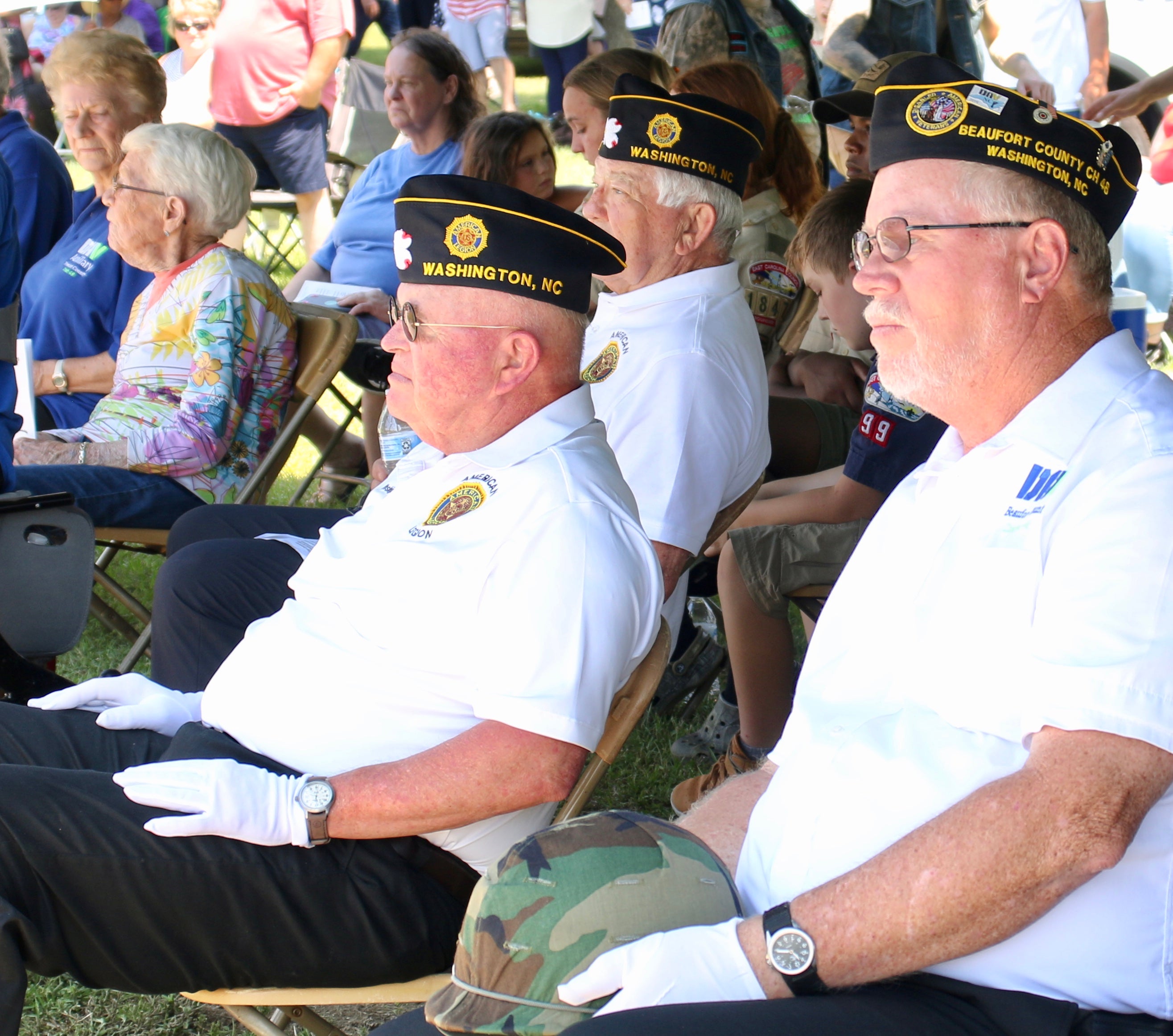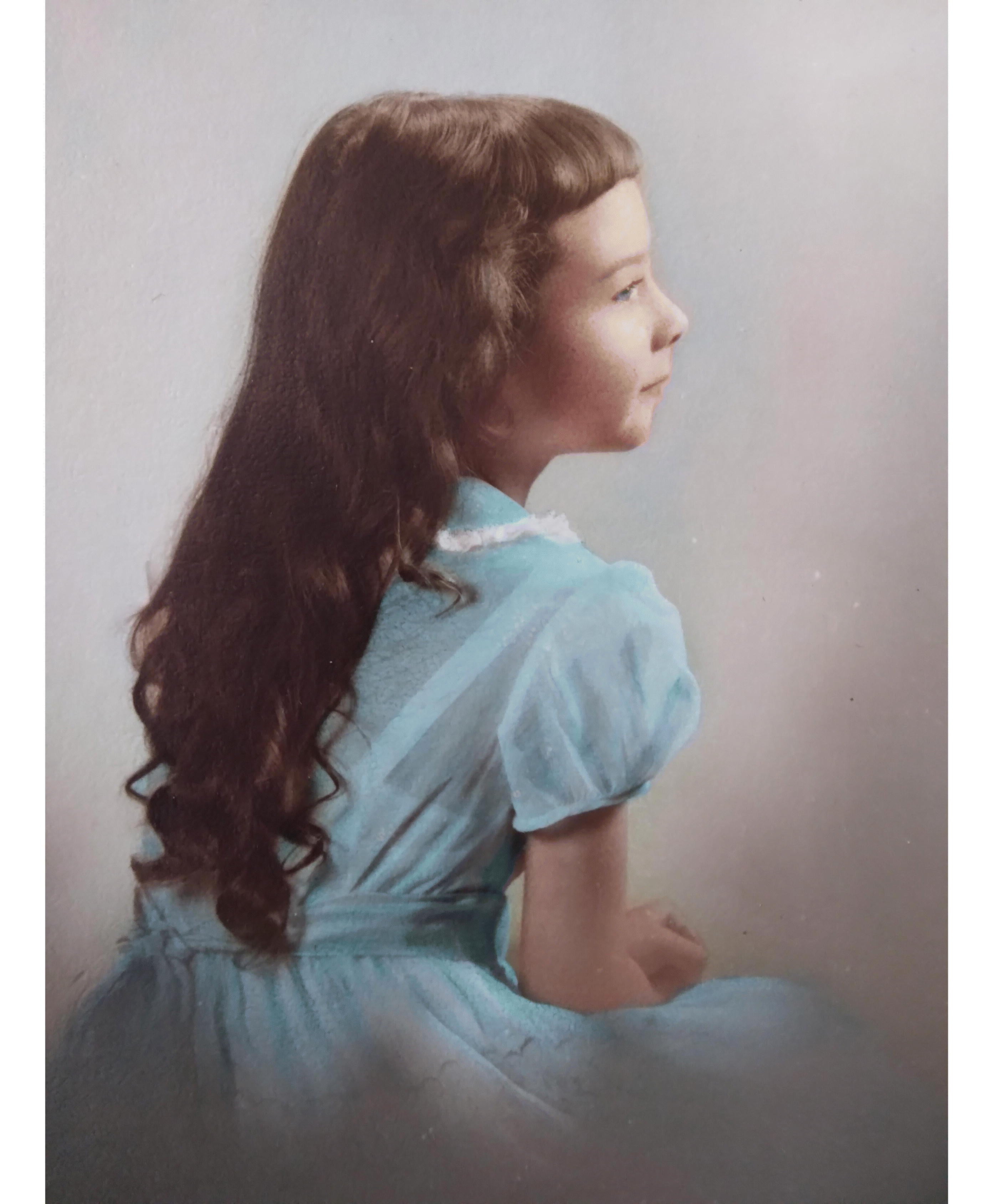Parties continue to forfeit voters
Published 7:10 pm Thursday, May 27, 2010
By By JONATHAN CLAYBORNE
Staff Writer
Voters extended their tendency to abandon party affiliation this spring, lengthening a spate of registration losses for the two major political parties.
In Beaufort County, the Democratic Party lost 33 registered voters during an approximately 30-day-long period, according to numbers from the conservative John W. Pope Civitas Institute in Raleigh.
The county Republican Party lost 13 voters during that same time span.
During that same time, the ranks of the county’s unaffiliated voters grew by 75, according to the institute’s numbers, which were culled from reports by the N.C. State Board of Elections.
While those reductions and expansions may seem small, political observers believe the apparent voter disaffection could make a difference in this midterm election year, when turnout is expected to be low.
Just 117 votes were cast in Beaufort County’s Hunters Bridge precinct for the May 4 primary election, according to official results from the county Board of Elections.
Turnout is expected to be higher for the Nov. 2 general election, but some pundits question voters’ enthusiasm for going to the polls in a year of intense partisan infighting and ongoing economic peril, leaving open the possibility that shifting voter allegiances could be the wild card this fall.
In February, the Washington Daily News reported that numbers released by the nonpartisan Democracy North Carolina showed that Beaufort County’s unaffiliated rolls expanded by 3,381 people from 2000 to early this year.
That meant the county’s unaffiliated population had skyrocketed by 146 percent in roughly 10 years.
Since 2000, the county GOP had gained 2,401 voters, a 34-percent change.
Democrats had shed 1,060 voters, a 6-percent loss, the report read.
The reasons for the changes are elusive, but theories abound.
Asked for comment Wednesday, local party leaders were optimistic that their organizations can overcome or even benefit from some voters’ movement toward unaffiliated status.
The leaders might have pointed out the fact that there is no realistic push for a third party to compete with the GOP and the Democrats in North Carolina, and pretty much every leading candidate on the ballot originated with one of the big two parties.
“I feel good because I know where most of the unaffiliated are coming from, and they are coming from (our point of view),” said Larry Britt, chairman of the Beaufort County Republican Party.
Most unaffiliated voters in Beaufort County are looking for conservative candidates, Britt asserted, adding that’s good for Republicans.
“I think people are looking for constitutional candidates, is what I’m hearing,” Charles Hickman, second vice chairman of the party, added in an interview at GOP headquarters on Washington’s Market Street.
Alice Mills Sadler, chairwoman of the Beaufort County Democratic Party, also offered comment on the numeric changes.
“I’d like to know myself,” she said, when asked why the changes were occurring. “If I had to take a stab in the dark I’d say (voters are) pretty much tired of bickering between the parties.”
It’s time for both parties to reach across the aisle and unite around common themes, when possible, she said, suggesting that better cooperation could stem the losses.
“We can’t seem to point out these differences without demonizing the other side,” she remarked.
Voter-registration changes in North Carolina during roughly 30-day period early this spring:
• Democrats lost 1,989 voters
• Republicans lost 715 voters
• Unaffiliated ranks grew by 3,837 voters
Statewide voter-registration totals as of May 8:
• Total: 6,114,135
• Democrats: 2,759,461
• Republicans: 1,934,492
• Unaffiliated: 1,412,860
Source: John W. Pope Civitas Institute




